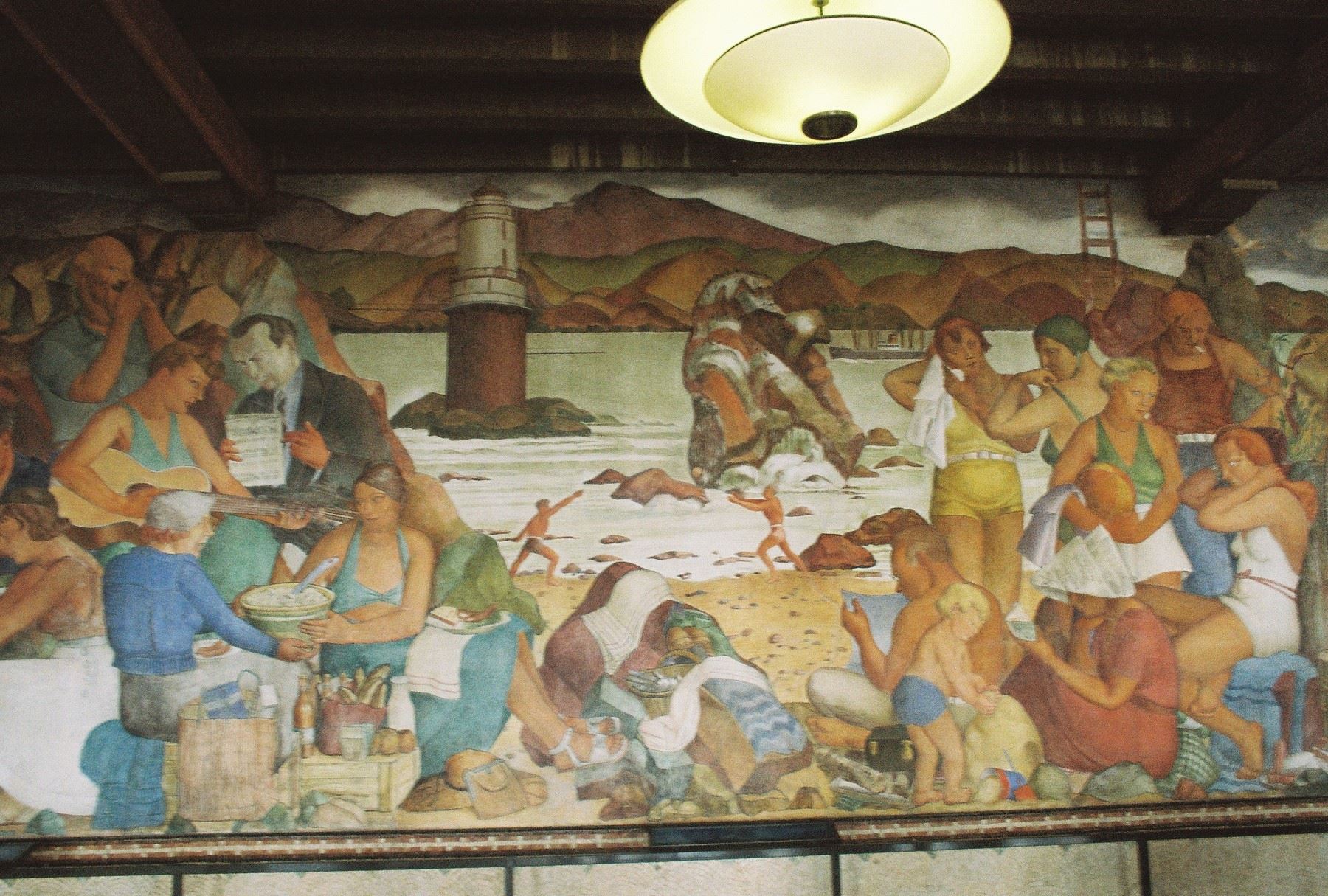In the 1860’s San Francisco was looking to build its own Central Park. At the time what is now the park was nothing but sand dunes, located in the “outside lands”. Worse still, there was a mentally disturbed man who scared people away until they eventually ran him off. However, the Big Four, Collis P. Huntington, Leland Stanford, Mark Hopkins and Charles Crocker were interested in developing housing in the area and pushed the idea. Early on, architect Frederick Olmstead, who created New York’s Central Park, decided it would be impossible, the soil was too sandy. As luck would have it, some barley spilled out of a horses feed bag and took root, and the impossible became realizable. The park was developed by covering the sand with a mix of soil and manure. Thousands of trees and shrubs were planted to hold down the sand and the one thousand acre park became history. Until it moved in 1929, the park was also housed the zoo, including kangaroos, elephants and emus. John McLauren was the principal horticulturist, he remained in charge of the park, which, at one point had four hundred gardeners, until his death at age ninety six.
Today, the park has an art museum, academy of sciences, conservatory of flowers, a buffalo paddock, a childrens center, a carousel, polo fields, an archery range, a tea garden, a rose garden, etc.
The band shell.
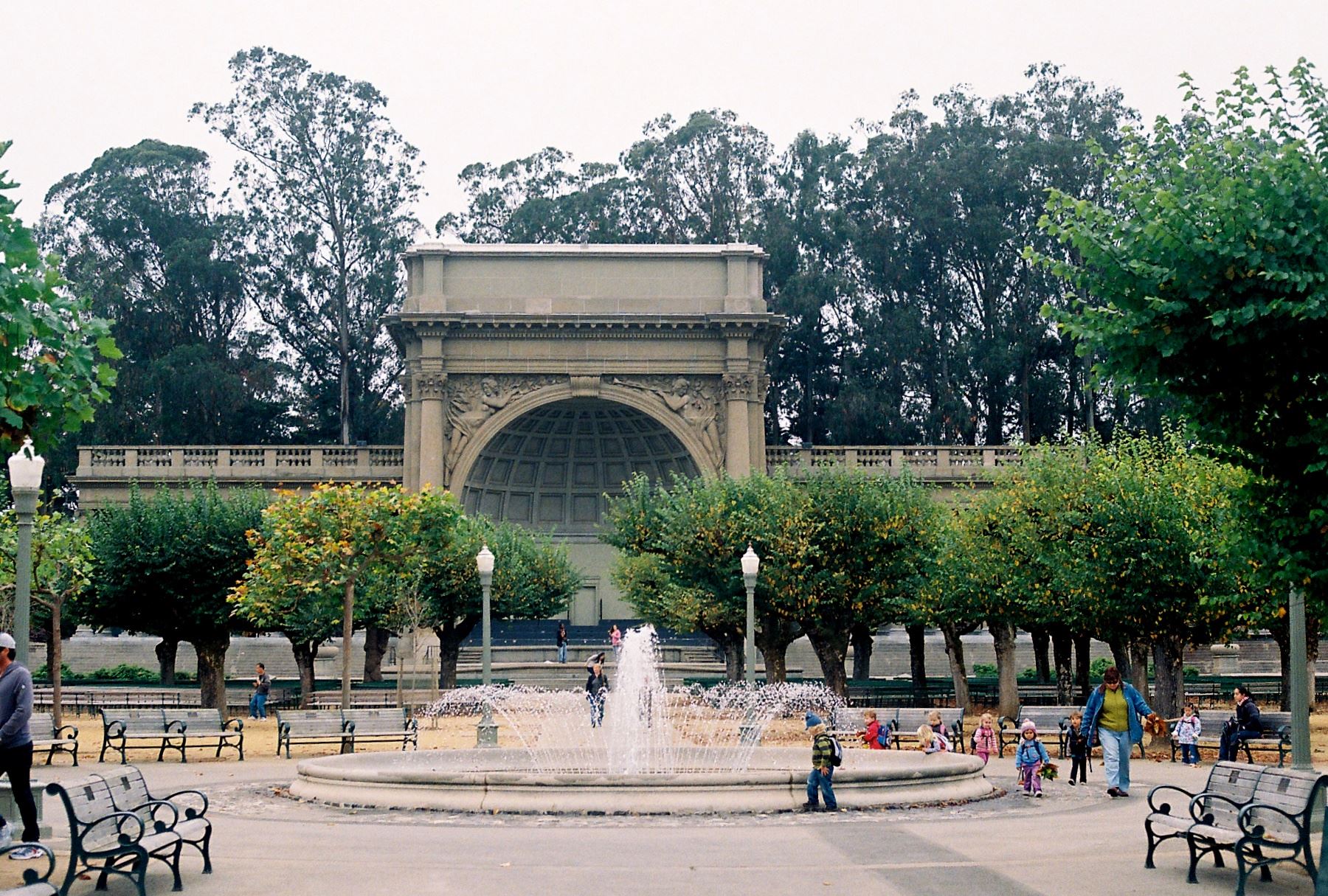
Windmills were once used to irrigate the park.
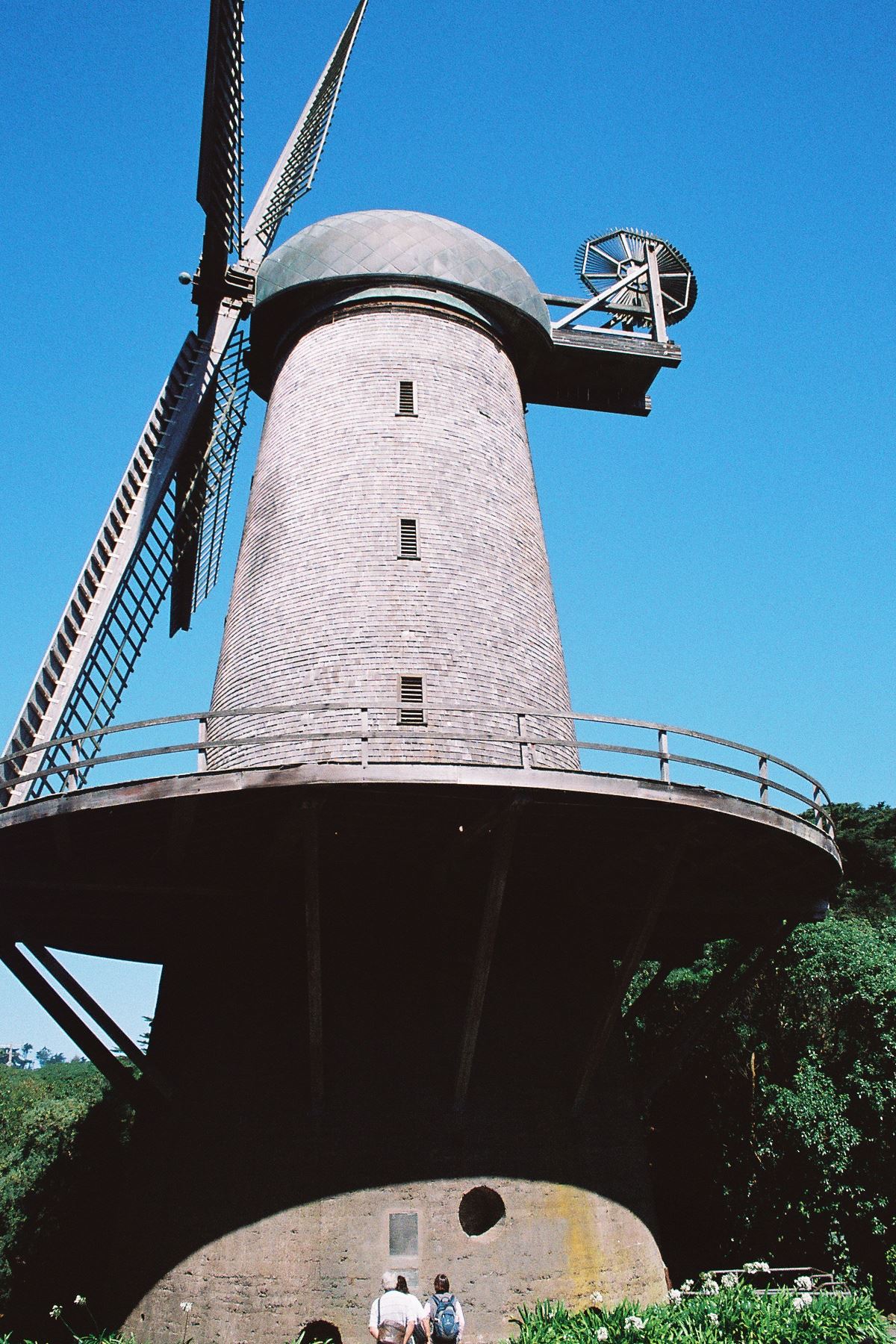
Lake Stowe. There are several lakes in the park, all man-made, needed for irrigation.
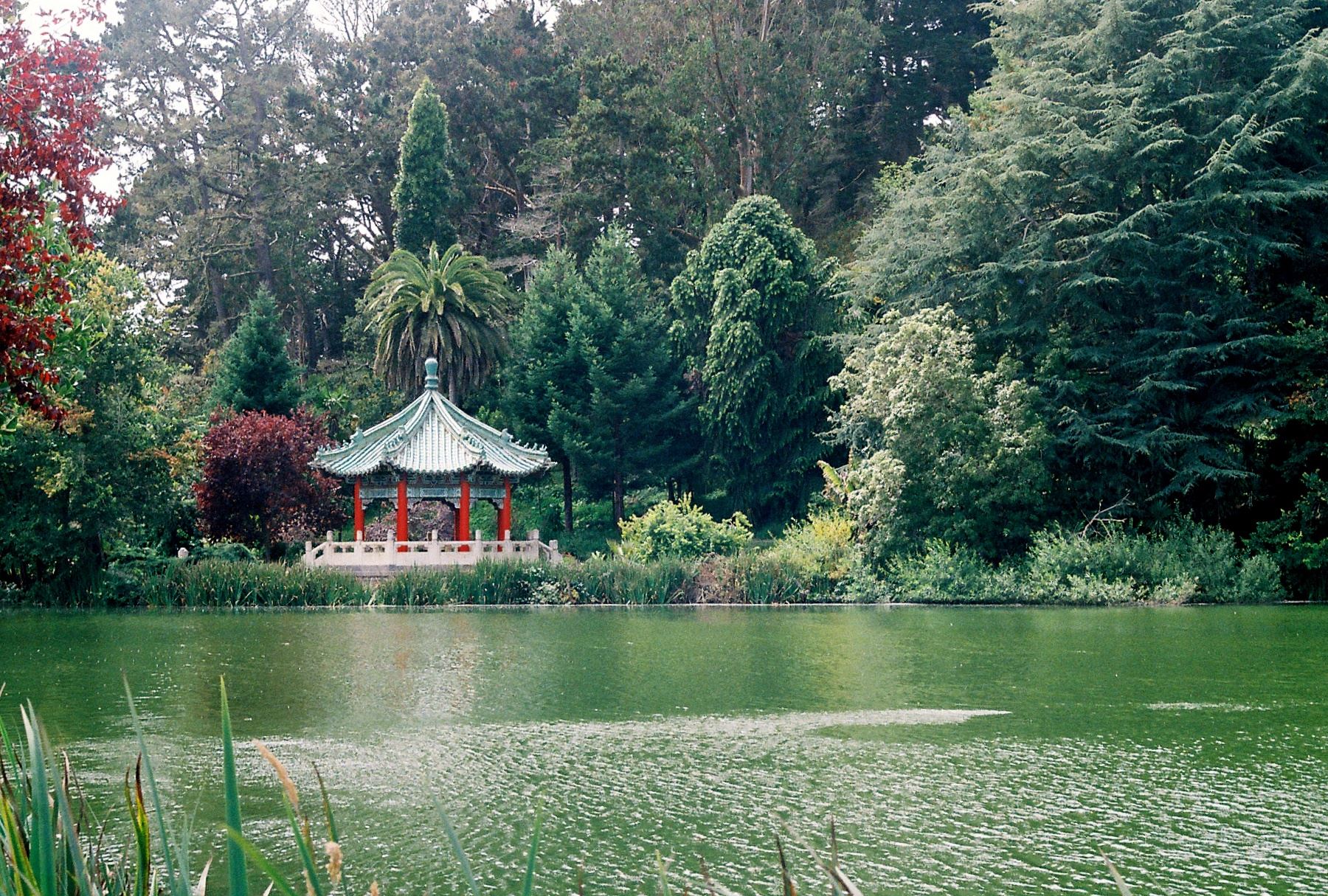
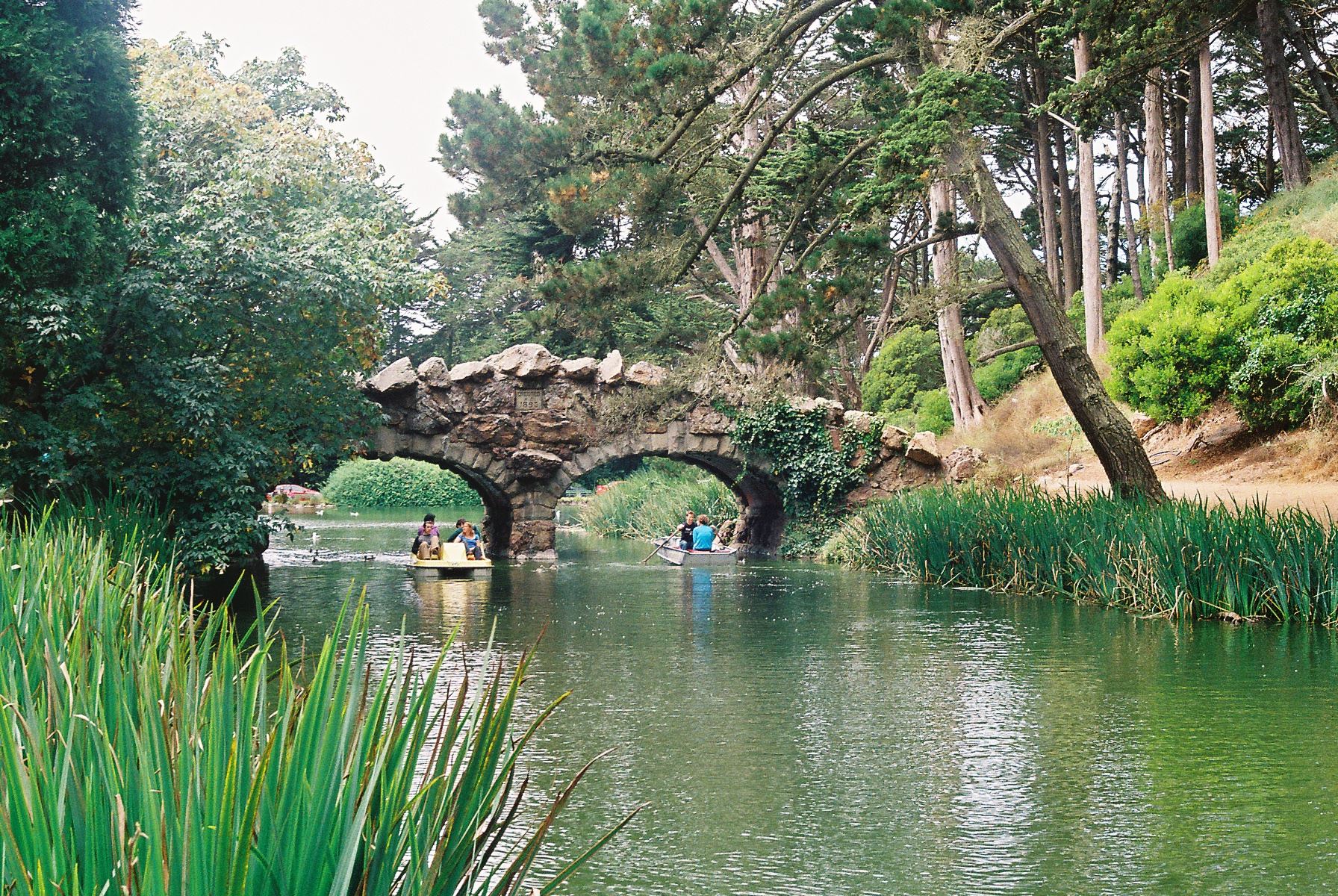
The waterfall at Strawberry Hill.
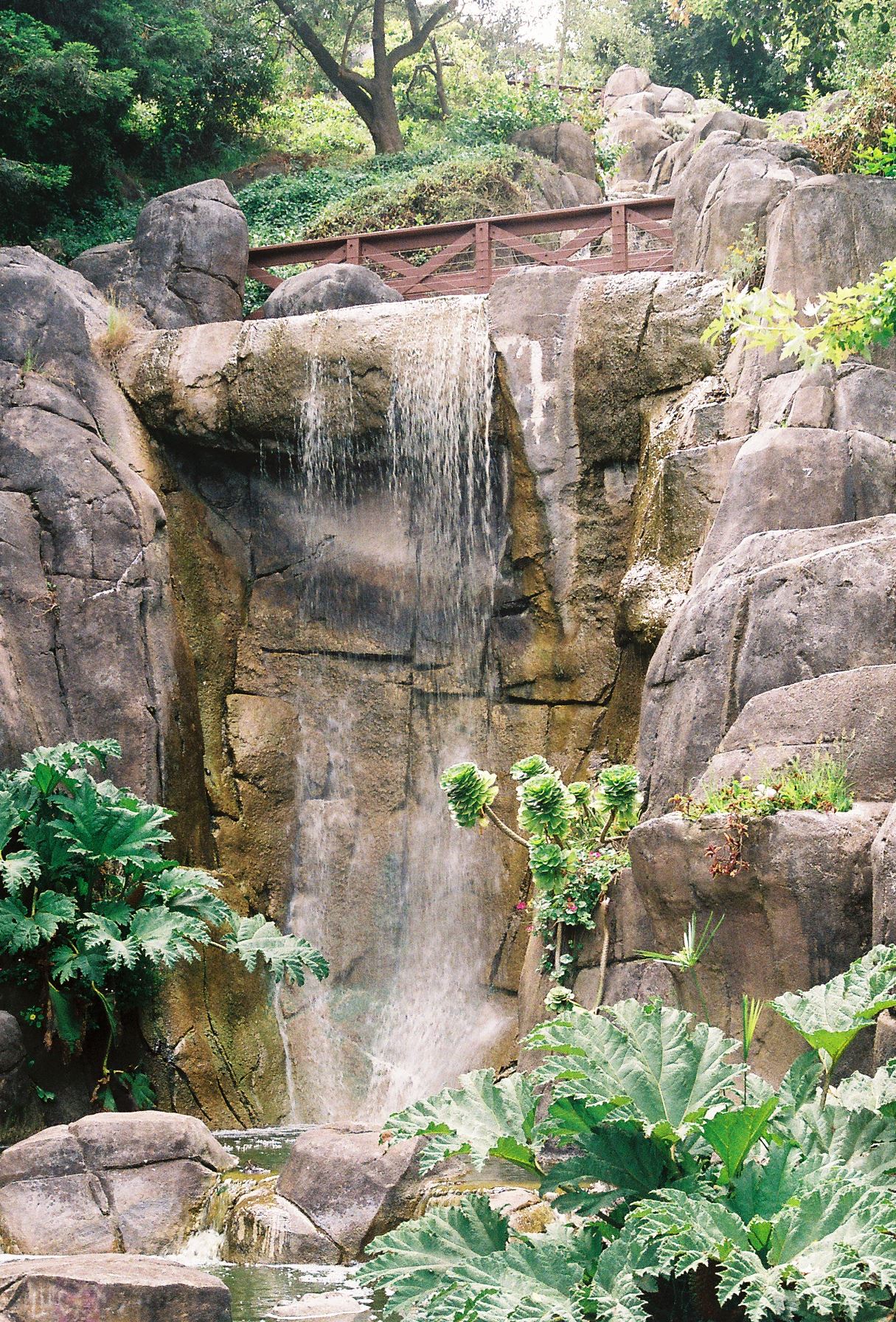
A little-known area of the park, named after Queen Wilhimina of the Netherlands.
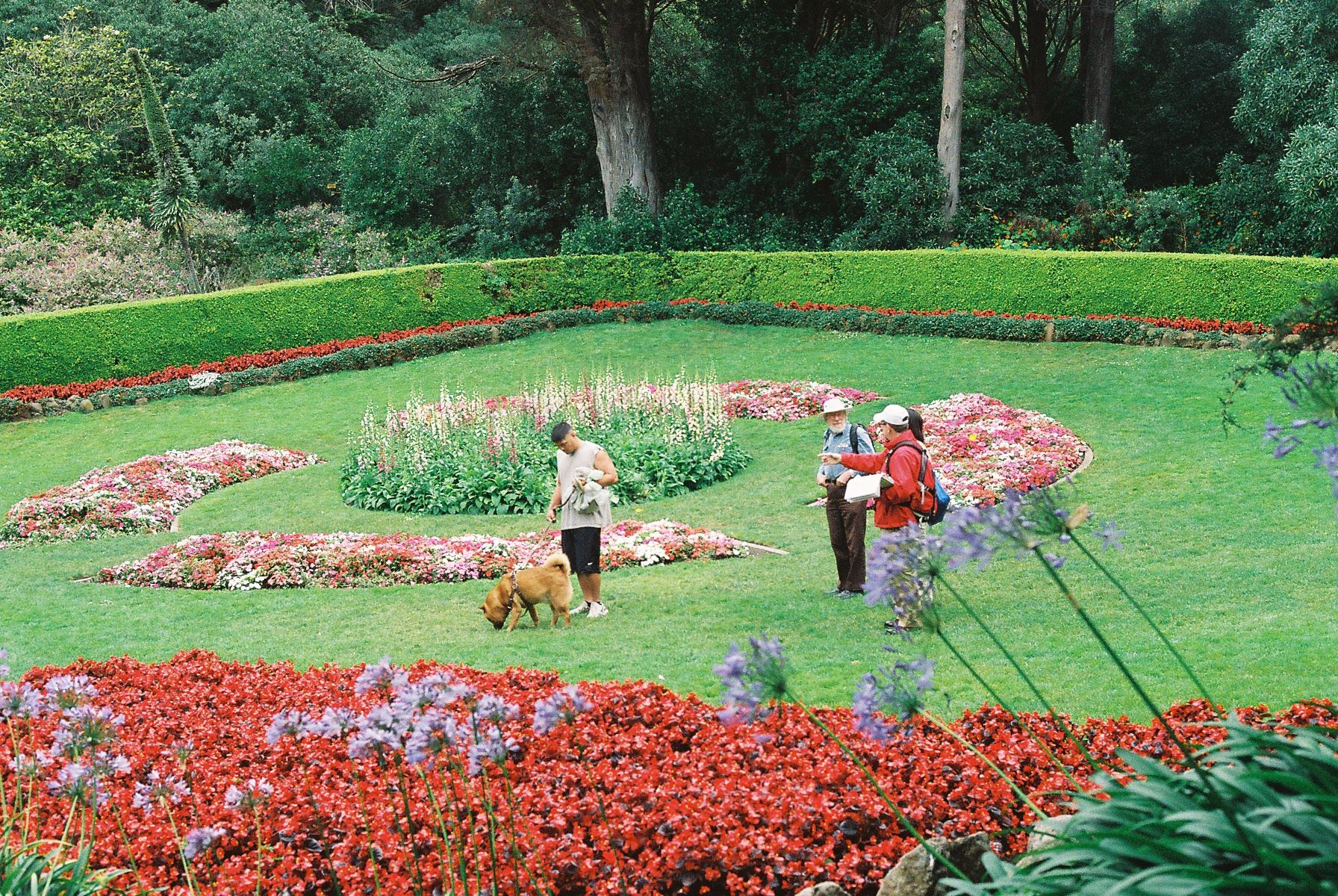
The Park Chalet restaurant.

Murals on the wall of the Park Chalet. Painted in the Depression as part of the Works Progress Administration (WPA)
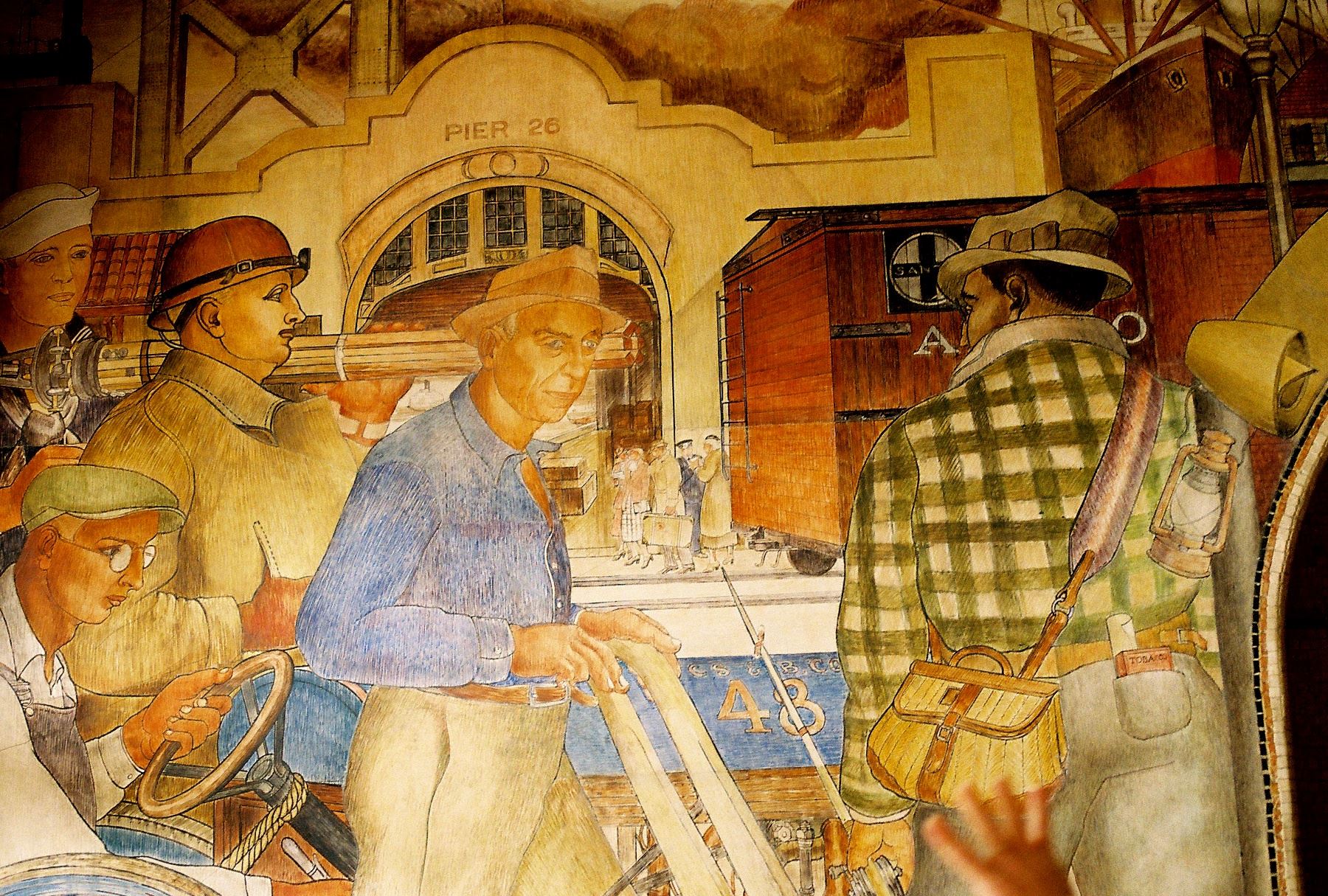
The mural below is spoofing the guy who is reading the newspaper. He is only pretending, he was actually a nortorious womanizer, so his wife, to the right, is watching his every move.
